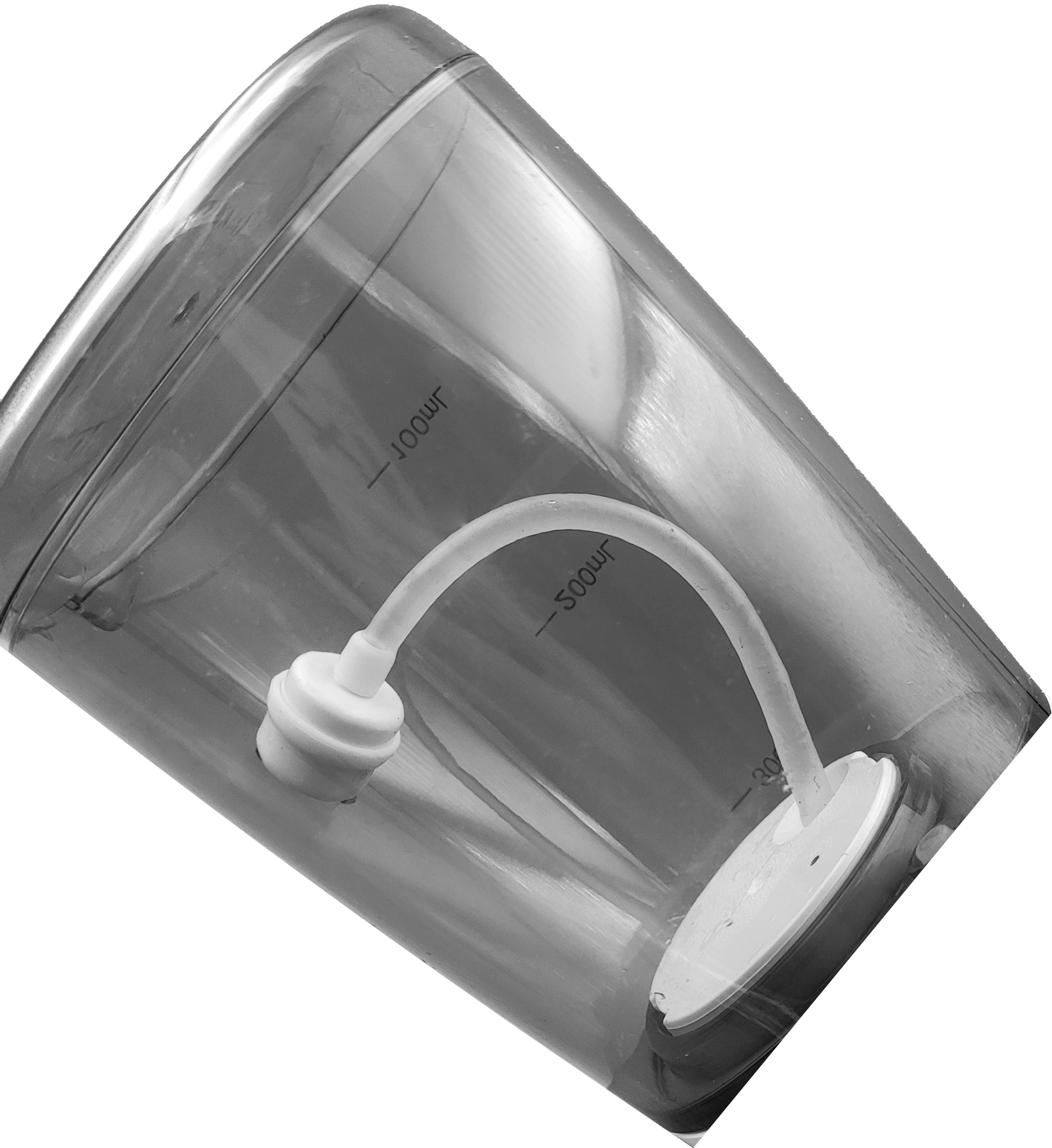Essential Manual Instruments for Professional Dental Cleaning
Maintaining optimal oral hygiene requires more than just regular brushing and flossing. Professional dental hand tools play a crucial role in effectively removing plaque, calculus, and stains from teeth surfaces. Understanding these specialized instruments helps both dental professionals and patients appreciate the complexity and precision required for proper oral care.
Dental hand tools have evolved significantly over the years, combining ergonomic design with precise engineering to provide maximum efficiency during plaque removal procedures. These instruments are carefully crafted to access different areas of the mouth while ensuring patient comfort and optimal results.
Primary Categories of Manual Scaling Instruments
Sickle Scalers and Their Applications
Sickle scalers are among the most frequently used dental hand tools in clinical practice. These instruments feature a sharp, pointed tip designed to remove supragingival calculus effectively. The working end typically has two cutting edges that converge to create a pointed tip, allowing precise manipulation around the tooth surface.
Modern sickle scalers come in various sizes and angles to accommodate different areas of the mouth. The most common variations include the U15/30 scaler for anterior teeth and the H6/H7 for posterior regions. These instruments require skilled handling to prevent tissue trauma while ensuring thorough plaque removal.
Universal Curettes: Versatile Cleaning Tools
Universal curettes represent another essential category of dental hand tools designed for both supragingival and subgingival scaling. Unlike sickle scalers, curettes feature a rounded toe and curved blade, making them safer for root surface instrumentation. The universal design allows these instruments to adapt to multiple tooth surfaces with minimal adjustment.
The most popular universal curette is the Columbia 13/14, which can effectively clean both anterior and posterior teeth. These instruments prove particularly valuable when dealing with moderate calculus buildup and routine prophylaxis procedures.
Specialized Instruments for Complex Cases
Gracey Curettes for Area-Specific Treatment
Gracey curettes represent the gold standard in area-specific dental hand tools. Each instrument is designed to work on particular tooth surfaces, offering superior adaptation and efficiency. The set typically includes multiple pairs, each numbered according to their intended use area.
The Gracey 1/2 and 3/4 curettes excel in anterior regions, while the 11/12 and 13/14 pairs are optimized for posterior surfaces. This specialization allows clinicians to achieve better results with less effort and improved patient comfort during the procedure.
Explorer Instruments for Detection
While not directly involved in plaque removal, explorer instruments are essential dental hand tools for detecting calculus and evaluating the effectiveness of scaling procedures. These instruments feature fine tips that can detect even minimal deposits on tooth surfaces.
The most commonly used explorer is the shepherd's hook design, such as the #23 explorer. These tools help practitioners identify areas requiring additional attention and verify the thoroughness of cleaning procedures.
Maintenance and Care of Manual Instruments
Proper Sharpening Techniques
Maintaining sharp edges on dental hand tools is crucial for their effectiveness. Regular sharpening ensures optimal cutting efficiency and reduces the force required during scaling procedures. Proper technique involves using specialized sharpening stones and maintaining the correct angle while honing the instruments.
Professional dental practices typically establish routine sharpening schedules and may use mechanical sharpening devices to maintain consistent edge quality across their instrument inventory.
Sterilization and Storage Protocols
Proper sterilization of dental hand tools is essential for patient safety and instrument longevity. The process typically involves ultrasonic cleaning, followed by autoclave sterilization under specific temperature and pressure conditions.
Careful storage in appropriate cassettes or organizing systems helps protect the instruments from damage and ensures easy access during procedures. Regular inspection for wear and damage helps maintain the integrity of the instrument set.
Modern Innovations in Manual Instrumentation
Ergonomic Handle Designs
Contemporary dental hand tools feature advanced ergonomic handles designed to reduce hand fatigue and improve control. These innovations include larger diameter grips, textured surfaces, and lightweight materials that enhance practitioner comfort during extended procedures.
Some manufacturers now offer customizable handle options that can be adapted to individual preferences and handling techniques, maximizing efficiency and minimizing the risk of repetitive strain injuries.
Advanced Coating Technologies
Recent developments in material science have led to the introduction of specialized coatings for dental hand tools. These surface treatments can improve durability, reduce friction during use, and maintain sharper edges for longer periods.
Titanium nitride and diamond-like carbon coatings represent some of the latest innovations in this field, offering superior wear resistance and enhanced performance characteristics.
Frequently Asked Questions
How often should dental hand tools be replaced?
Professional dental hand tools typically need replacement when they show signs of significant wear, lose their ability to maintain a sharp edge, or develop structural damage. With proper maintenance and care, quality instruments can last several years of regular use.
What is the difference between stainless steel and carbon steel instruments?
Stainless steel instruments offer better corrosion resistance and require less maintenance, while carbon steel instruments can achieve and maintain sharper edges but require more careful handling and immediate cleaning after use to prevent rust.
Can manual scaling be as effective as ultrasonic cleaning?
When performed correctly by a skilled practitioner, manual scaling with dental hand tools can be equally effective as ultrasonic cleaning. In fact, many situations require the precision and control that only manual instruments can provide, particularly in sensitive areas or complex cases.

